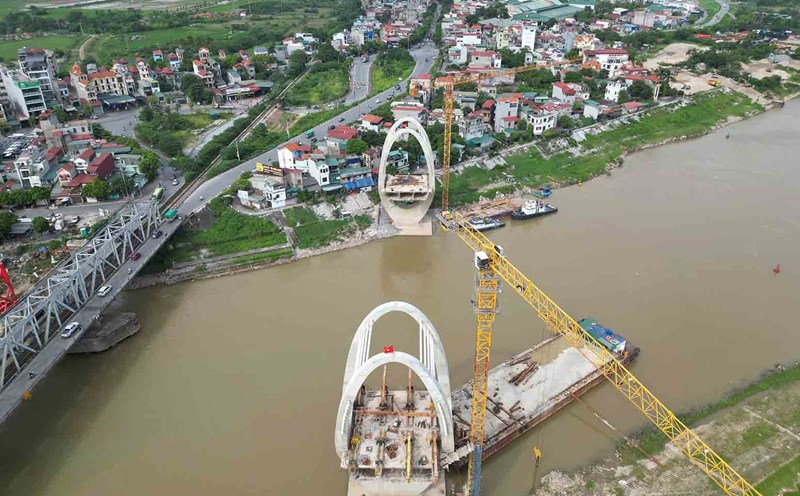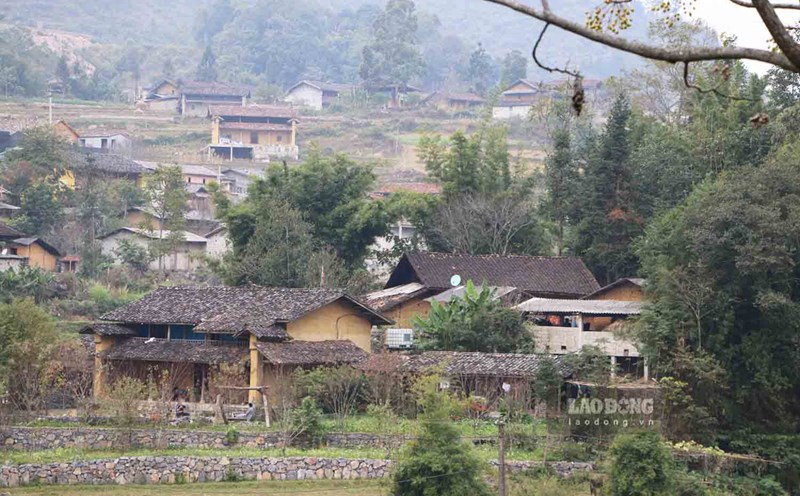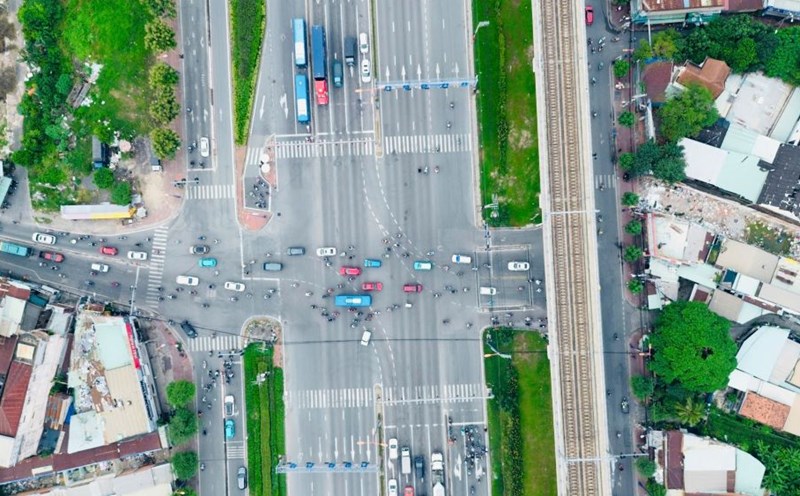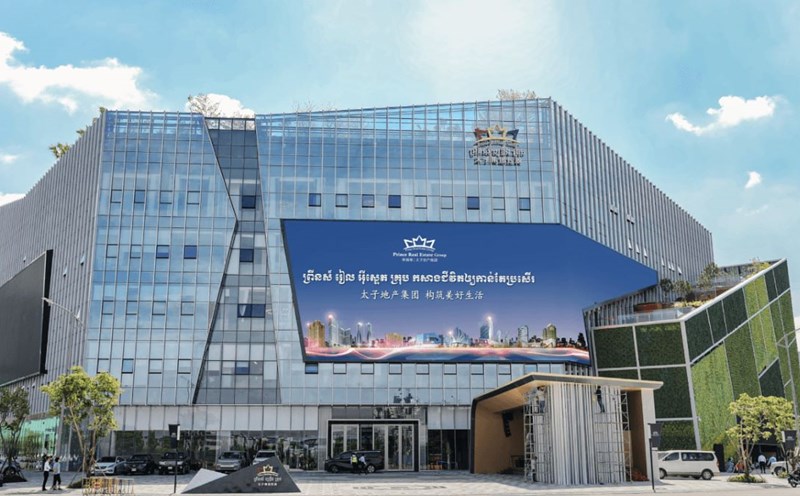According to people's reflection, the Duong bridgehead area is currently often congested because the existing bridge is too narrow, not meeting the increasing traffic volume. Meanwhile, the new bridge has completed two main pillars, the railway bridge part is also basically finished but still has to wait for connection because the site has not been cleared.
According to Mr. Nguyen Manh Tuan (residing in Group 10, Viet Hung Ward), his family is subject to land acquisition and enjoys a special mechanism of resettlement by land, his house is over 90m2, exchanged to a 78m2 plot of land, and there is even a surplus compensation. Most households agreed, just hoping that the city would soon hand over the land and pay compensation so that we could stabilize our lives.
The Duong River waterway upgrade project has a total investment of VND 1,848 billion, of which the cost of site clearance in phase 1 is VND 650.8 billion from the State budget. The Railway Project Management Board (Ministry of Construction) is the investor.
The road bridge is 382m long, with a cable-stayed structure, 18.5m wide; starting point at the old Duong bridge intersection on Ngo Gia Tu street (Viet Hung ward), ending point at the Ha Huy Tap - Phan Dang Luu intersection (Phu Dong commune), about 100m downstream from the old bridge. The railway bridge is 1km long, with 6 steel spans, designed for 1,000mm and 1,435mm cages, at a speed of 80km/h.
According to the representative of the Viet Hung Ward Infrastructure Investment Project Management Board, the difficulty at the end of the bridge on the Long Bien side is that a unit requested an inventory of the underground low-voltage underground power system but there were no records, leading to prolonged controversy. By October 16, after the parties reviewed and agreed, this problem had been resolved.
At the head of the Gia Lam bridge, the project still has 89 households. Although the mobilization work has lasted for many years, no household has yet handed over the site. Hanoi has issued a specific compensation policy, allowing resettlement by land, and at the same time supporting the difference if the actual area is less than 80m2, which is the standard area for the resettlement area.
In particular, in October 2025, Hanoi continued to approve a new special mechanism, allowing compensation for the entire portion of illegal construction on land with a red book. This policy is expected to remove the final bottleneck in the site clearance process.
Mr. Nguyen Van Thuyet - Vice Chairman of Phu Dong Commune People's Committee - said: "The government is focusing highly on completing the approval of the compensation plan. It is expected that by October 22, all documents will be approved. The city aims to complete the handover of the site for the construction of the Duong River Bridge by the end of December 2025".
According to Mr. Mai Xuan Tan - Director of the Duong River Water Transport Upgrade Project (Rel Project Management Board), the progress of the railway bridge depends on the road bridge. "When the road bridge is completed, we can dismantle the old iron bridge to move the railway to the new bridge," said Mr. Tan.
With the site clearance problems gradually being resolved, it is expected that the Duong River bridge project, an important project connecting the center of Hanoi with the northern districts, will soon be restarted, contributing to reducing traffic congestion, promoting socio-economic development on both sides of the river and reducing traffic congestion in the area.











